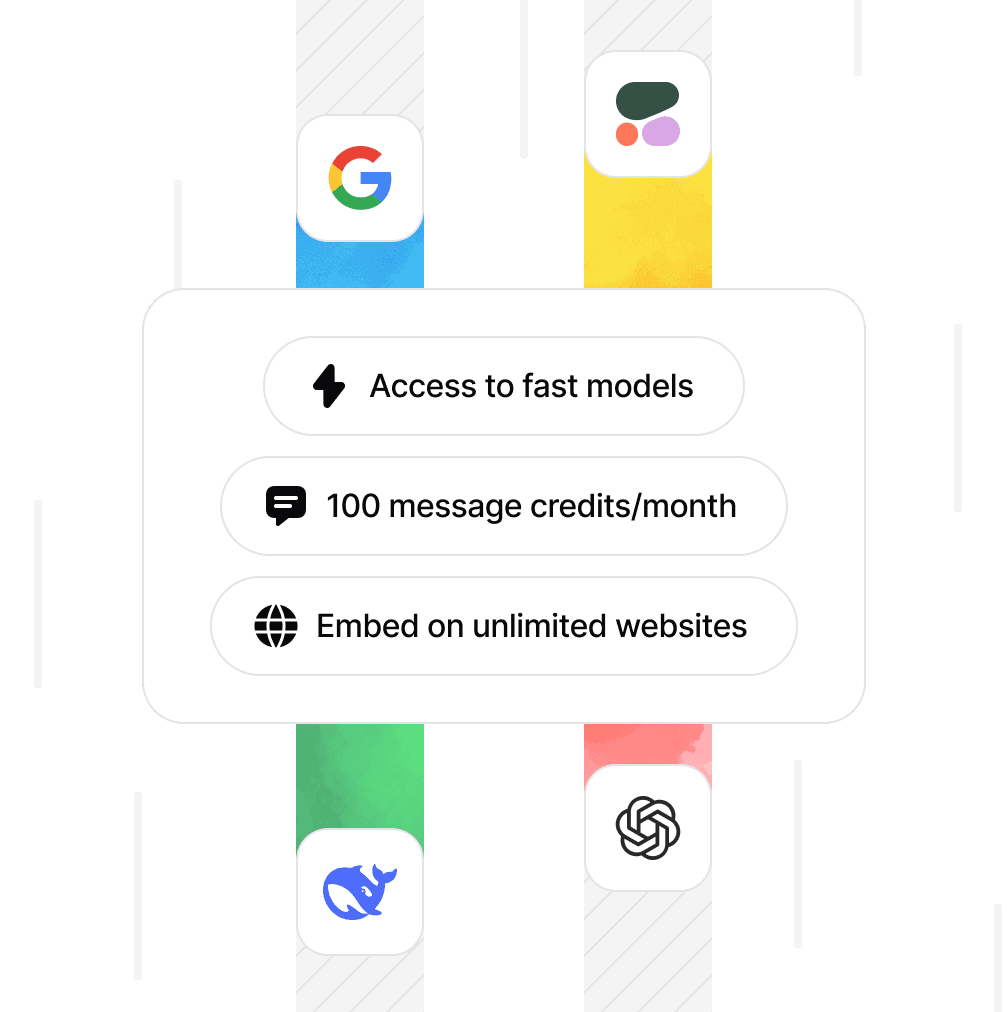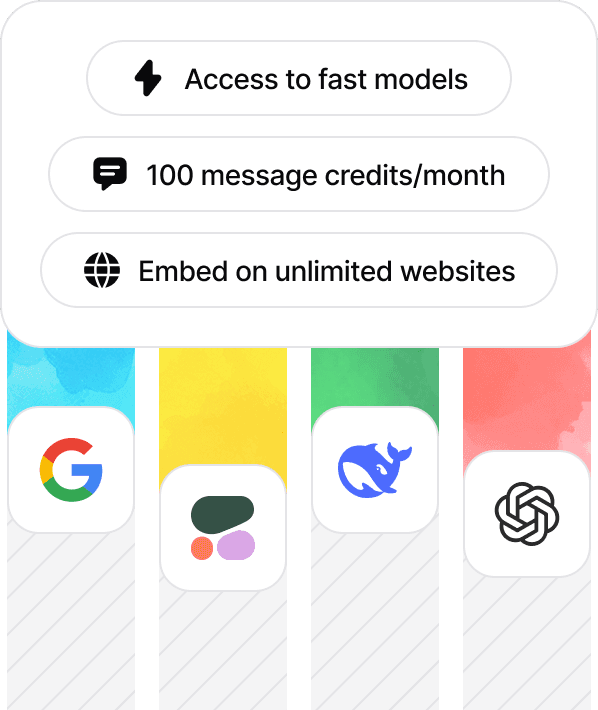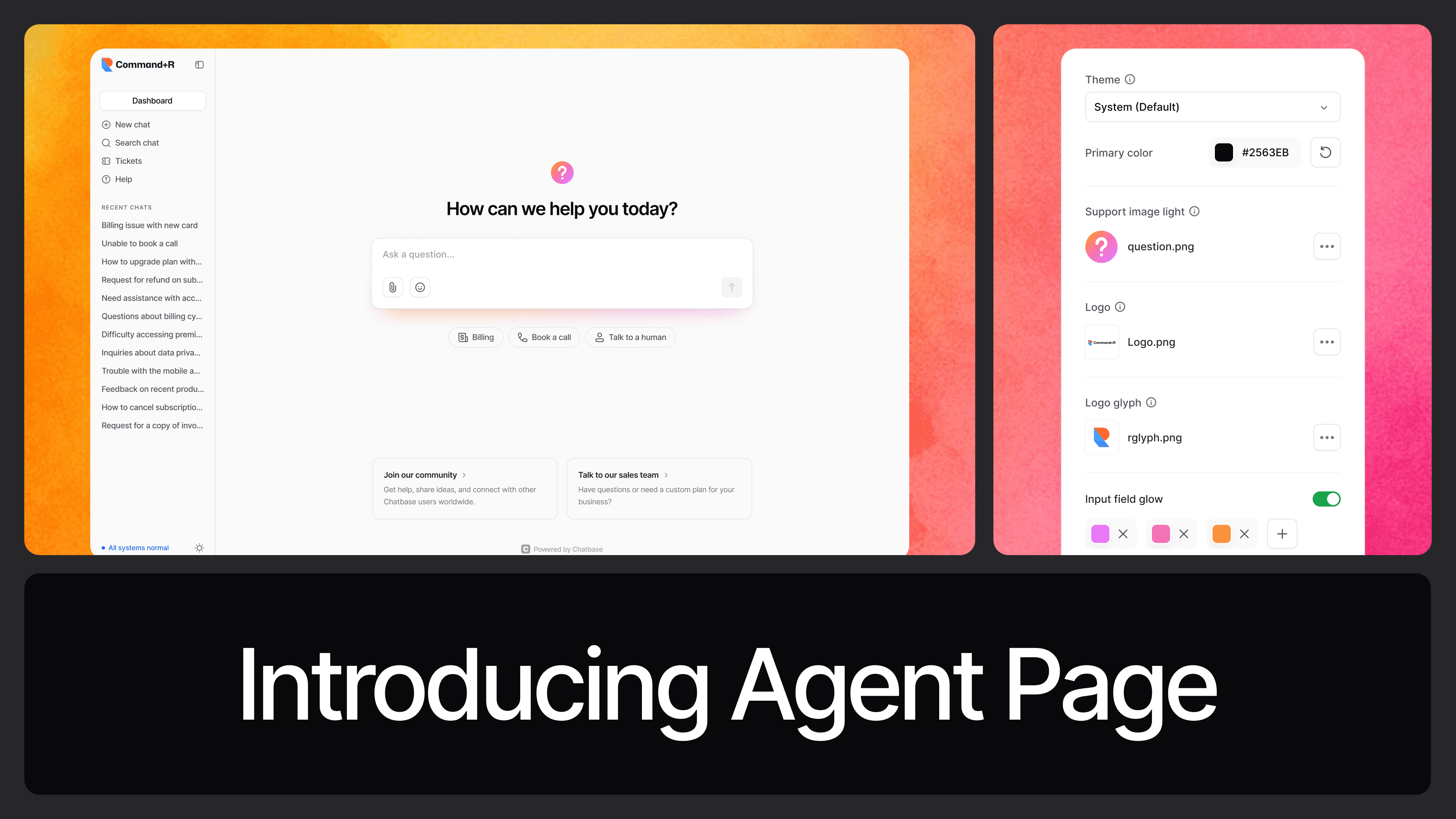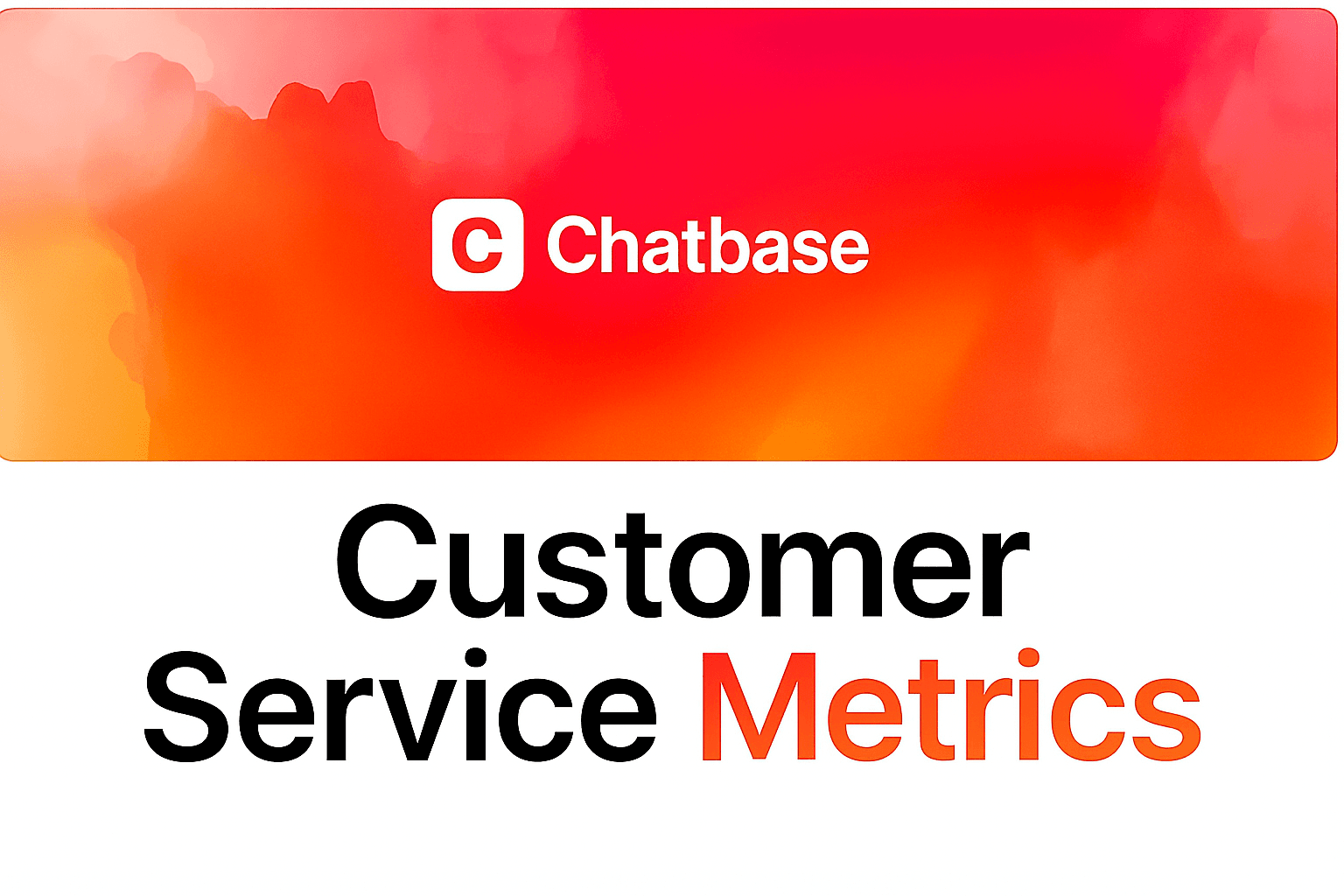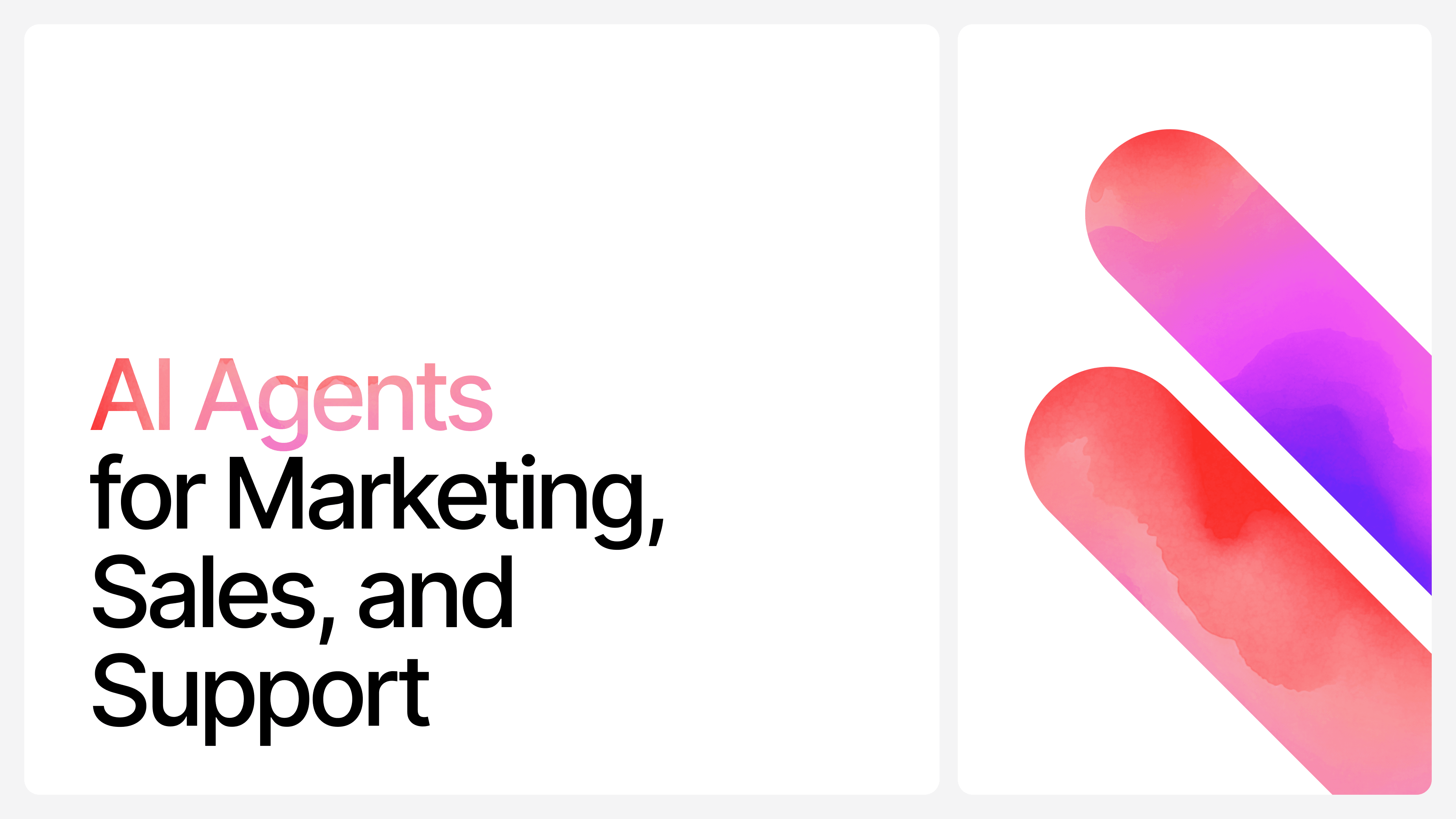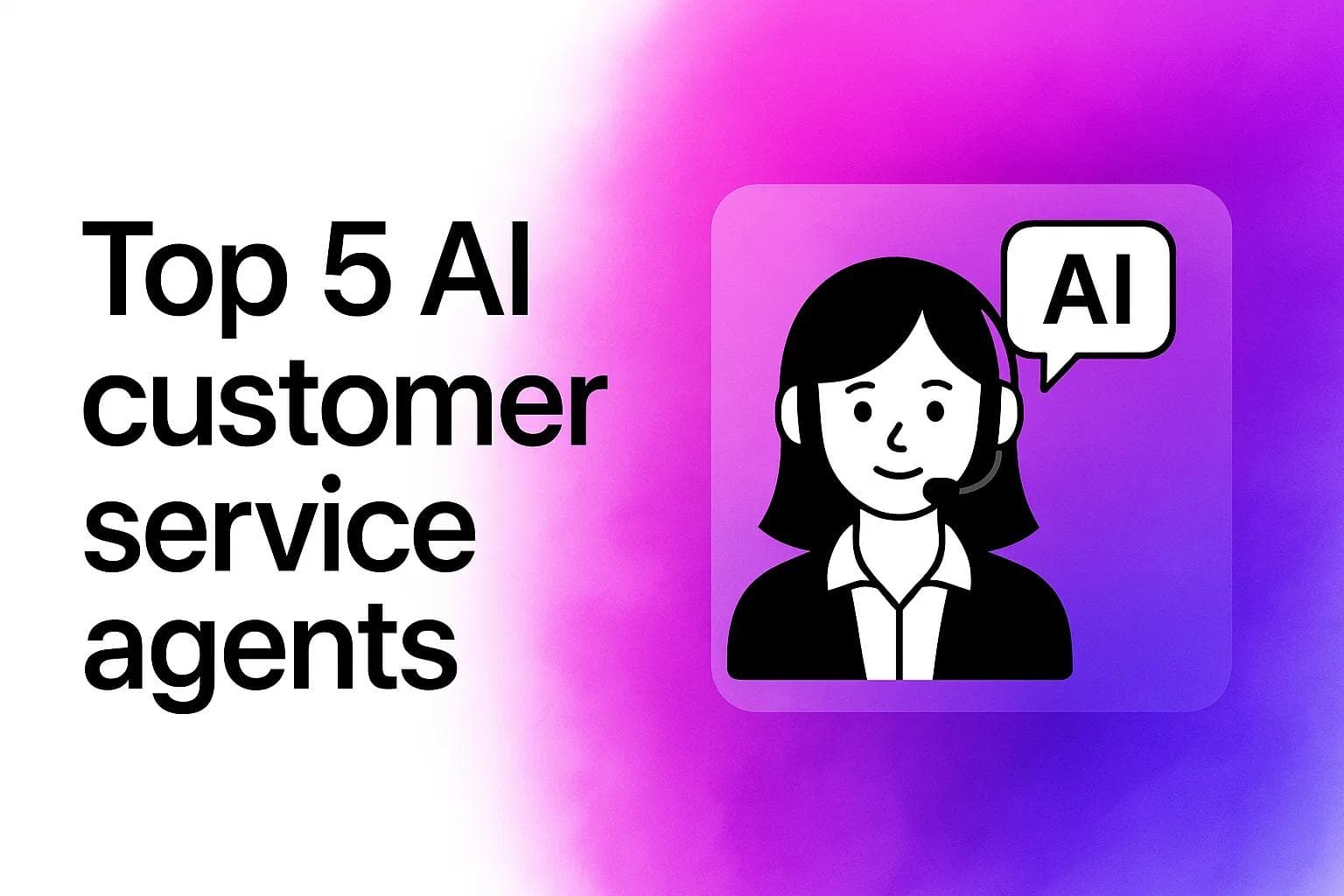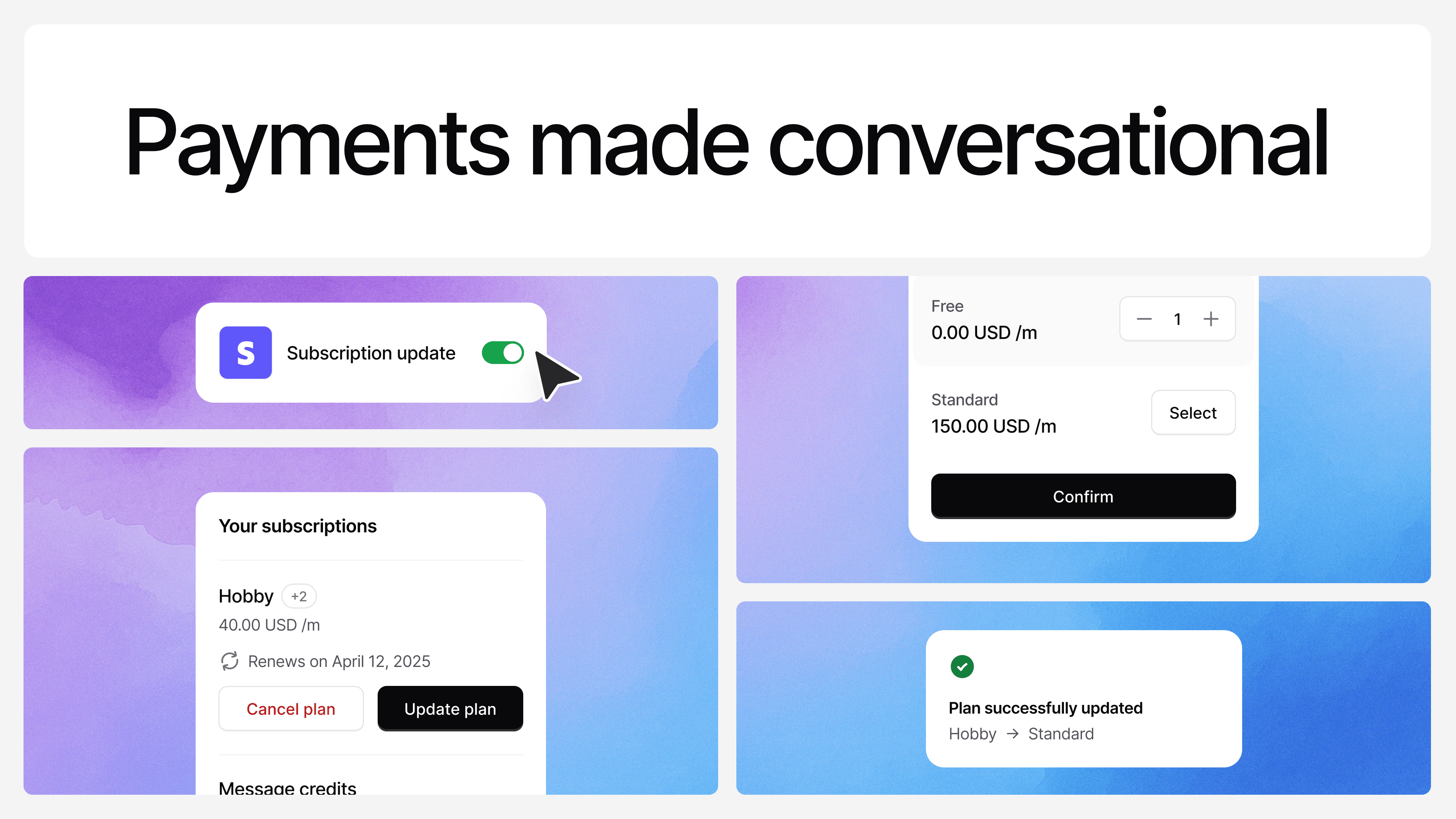What Is Proactive Customer Service? Examples + Implementation
Max T
Aug 1, 2025
9 min read

Most customer support only kicks in after something goes wrong.
But what if you could step in before that happens? What if your support team wasn’t just solving problems, but actively preventing them?
That’s what proactive customer support is all about. In this guide, we’ll break down what it really means, why it matters, how real companies are doing it, and most importantly, how you can start implementing it in practical, measurable ways.
What Is Proactive Customer Support?
Proactive customer support is when a business takes the initiative to help customers before they even ask for help.
Instead of waiting for issues to arise or for users to reach out with questions, proactive support is about identifying potential friction points and stepping in early, sometimes even preventing problems altogether.
It’s the difference between a customer getting frustrated and contacting support… versus getting an in-app tip, an automated message, or a friendly check-in that solves the problem before it escalates.
This approach shifts support from a reactive, cost-heavy department into a revenue-boosting, loyalty-building function.
Here’s how proactive support differs from traditional reactive support:
- In proactive support, the company initiates the conversation. In reactive support, the customer initiates it.
- Proactive support helps prevent issues before they happen. Reactive support steps in after the issue has already occurred.
- Proactive support is aimed at reducing support costs over time. Reactive support tends to drive costs up as volume increases.
- Proactive support builds loyalty and trust through helpful, timely interventions. Reactive support often follows frustration and dissatisfaction.
- Proactive support creates a smoother, customer-first experience. Reactive support is often a firefighting process.
![[object Object]](/_next/image?url=https%3A%2F%2Fcdn.sanity.io%2Fimages%2Fi6kpkyc7%2Fprod-dataset%2F11125ede227c137b62a9f1a6d69b8bbf3dbaecf2-1536x1024.png&w=3840&q=75)
Why You Need Proactive Customer Service
Proactive customer service is a competitive advantage. When done right, it saves your team time, reduces churn, and improves how customers feel about your brand long-term.
Here’s why it matters:
- Reduces support volume. By answering questions even before they’re asked, your team that’s supposed to solve problems simply ends up with fewer problems to solve. You handle fewer tickets without sacrificing quality, because potential issues are resolved before they ever become tickets.
- Prevents churn. Not every customer with a problem reaches out. Some try to fix things themselves, get frustrated, and quietly churn. Proactive support delivered across multiple touchpoints helps keep users engaged, supported, and on track, long before frustration builds.
- Improves customer satisfaction. Customers love it when a business anticipates their needs instead of making them ask for help. It shows that you understand their journey and care about their experience. Even something as simple as a timely tip or heads-up can make the difference between a friction-filled moment and a delightful one.
- Builds long-term loyalty. Every time you anticipate and solve a customer problem without being prompted, it’s like earning a small deposit of trust, a brand coin. Over time, those add up. This creates repeat customers who eventually turn into brand advocates, all because you showed up before they even had to ask.
- Boosts operational efficiency. Less firefighting = more bandwidth. When your team isn't constantly reacting to problems, they can focus on higher-value conversations, smarter workflows, and initiatives that move the business forward, not just playing catch-up.
Real-World Examples of Proactive Customer Support
Proactive customer support shows up in subtle but powerful ways — often in moments users don’t even notice until it’s missing. Here are some real-world examples that show how companies are making it work across different stages of the customer journey:
- In-app tooltips and onboarding walkthroughs — ClickUpClickUp uses real-time onboarding tooltips to guide new users through complex features like Spaces, Tasks, and Docs. If you haven’t created your first task after signing up, it gently nudges you with contextual help, making sure you're not stuck, without you having to ask.
- Pre-issue alerts — ShopifyWhen Shopify anticipates platform maintenance or potential service degradation, merchants are alerted via email or in-app banners well in advance. This helps store owners prepare ahead, especially during time-sensitive sales periods like Black Friday.
- Activity-based check-ins — NotionNotion tracks how active a user is during onboarding and sends tailored emails based on their engagement. If a workspace remains empty or unused, users receive bite-sized tutorials or examples to help them get started, all before they even think to ask for help.
- Proactive live chat assistance — ASOSASOS detects hesitation or long idle times on checkout pages and sometimes triggers a live chat pop-up with a pre-written message like “Need help with sizing or shipping?” It prevents cart abandonment and provides a subtle touch of human presence at the right time.
- Smart help suggestions — IntercomIntercom's messenger uses real-time input detection to suggest relevant help articles as users type their questions. If someone types “Can’t reset password,” the system instantly recommends password-related articles, deflecting tickets before they’re even sent.
- Crash detection and follow-ups — DuolingoIf the Duolingo app detects a crash, the team might reach out via email to acknowledge the issue, reassure the user it’s being fixed, and sometimes even offer a perk like a free streak repair. It turns a bad experience into a trust-building moment.
- Keyword-based alerts — ChatbaseChatbase offers a proactive customer support feature that monitors user messages for high-sensitivity keywords, like “cancel,” “bug,” or “not working.” When these keywords appear in a chat, the system instantly alerts the support team to step in and take action before the customer even files a complaint. It’s like having an early-warning system built into your support flow.
How to Implement Proactive Customer Support
Proactive support doesn’t have to mean overhauling your entire system. Start small, stay consistent, and build as you learn more about your customers’ needs.
Here’s a step-by-step breakdown:
1. Map the customer journey and identify friction points
You can’t be proactive without knowing where people typically get stuck.
Look at your product or service from the customer’s perspective. Where do questions arise? Where do users drop off? Are there steps in onboarding, payment, or setup that generate lots of tickets?
→ Tools like Seline, Hotjar, FullStory, and Google Analytics can help you visualize friction.
2. Use your support history to find patterns
Dig into past support tickets, chats, and FAQs. What are the most common issues? What phrases or keywords show up repeatedly? These are golden signals for where proactive support can step in.
→ If customers keep asking how to cancel a subscription, surface that info before they need to ask. If shipping delays are frequent, set up automated updates in advance.
3. Set up automated messages and guides
Use chatbots, emails, or in-app messages to offer help before customers reach out. Trigger content based on behaviors like inactivity, repeated errors, or first-time actions.
→ For example, if someone signs up but hasn’t used a key feature within 3 days, send a helpful walkthrough. Tools like HubSpot can do this seamlessly.
4. Monitor high-intent and sensitive keywords
Set up alerts for high-stakes keywords like “cancel,” “broken,” “not working,” “refund,” or “bug.” These usually indicate frustration, and if you catch them early, you can turn a negative into a win.
→ Chatbase lets you track these keywords in real time and instantly notifies your team so they can step in before the issue escalates.
5. Offer live help at key moments
Look at where people hesitate, like pricing pages, checkout, or feature-heavy dashboards. Consider offering live chat or support prompts exactly where drop-offs are common.
→ Think of it as “just-in-time” support. It doesn’t have to be everywhere, just where it counts. Chatbase helps you deliver just-in-time support.
6. Create a living help center that’s easy to find
Don’t hide your knowledge base. Proactive support also means surfacing helpful articles right when they’re needed, whether it’s through tooltips, chatbot replies, or on-page suggestions.
→ Mintlify, HelpDocs, and even Notion can power this, but it’s about visibility, not just having the docs somewhere buried in a footer.
7. Measure, tweak, repeat
Track whether your proactive efforts are reducing tickets, improving satisfaction, or preventing churn. Look at user behavior before and after you implement a proactive step.
→ If an in-app tip dropped how-to questions by 30%, it’s working. Keep refining based on feedback and data.
Start Showing Up Before Your Customers Ask
Proactive support isn’t about doing more, it’s about doing support smarter. You don’t have to wait until someone’s frustrated, confused, or on the verge of churning before you step in.
And that’s exactly what Chatbase helps you do.
With Chatbase, you can place smart AI chatbots on key pages where drop-offs happen, like your pricing, onboarding, or checkout pages. The bot doesn’t just sit there; it engages visitors automatically based on what they’re doing (or not doing), offers helpful answers, and even collects feedback before issues turn into support tickets.
You can also monitor critical keywords in real time, like “cancel,” “broken,” or “not working,” or anything else that’s critical for your business, and get instant alerts so your team can jump in with human support when it matters most.
Plus, Chatbase integrates easily with your existing support stack, helps deflect repetitive questions, and keeps your team focused on the conversations that actually move the needle.
If you want to reduce churn, lower your support load, and start turning more visitors into loyal customers, start for free at Chatbase.co
Share this article:
